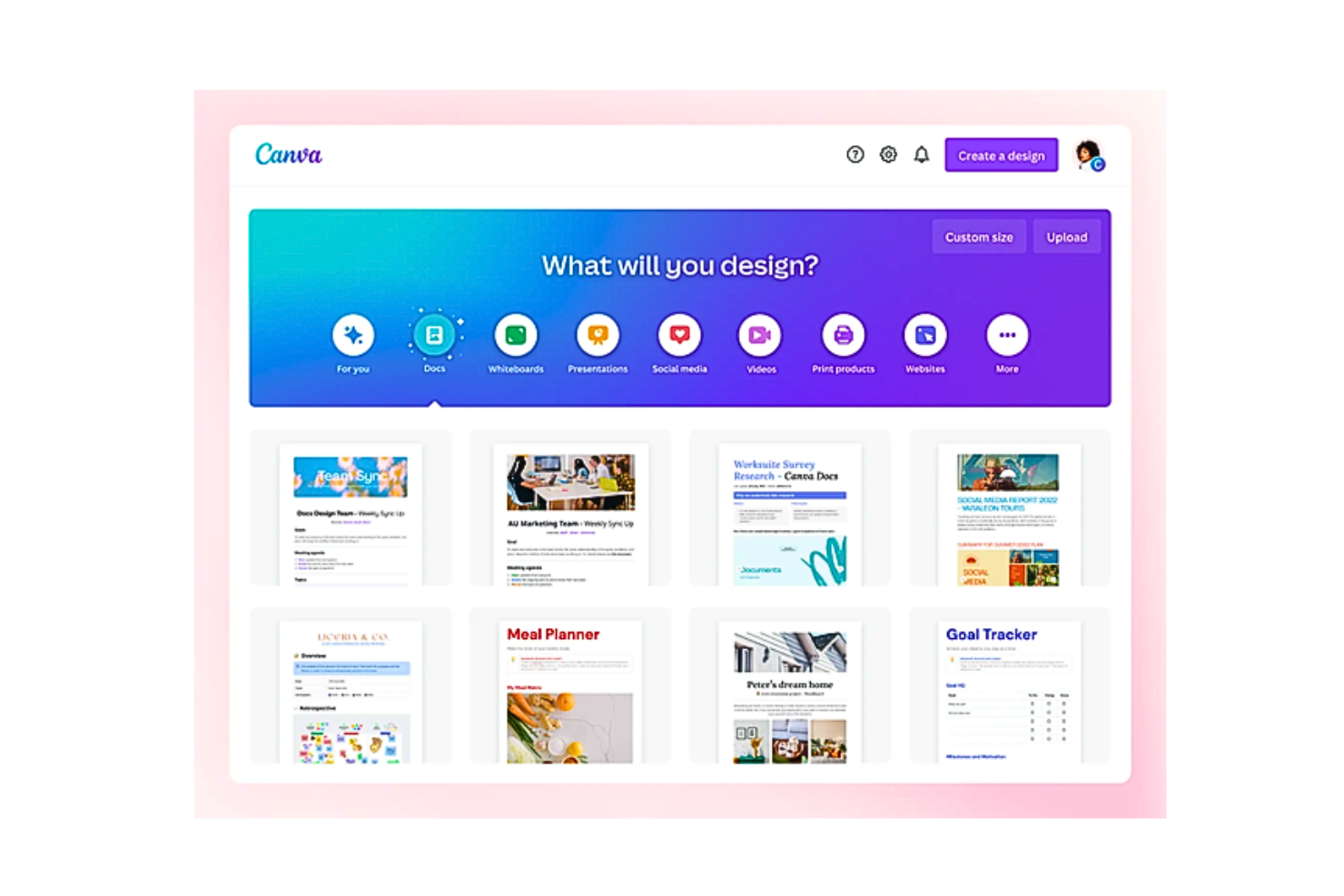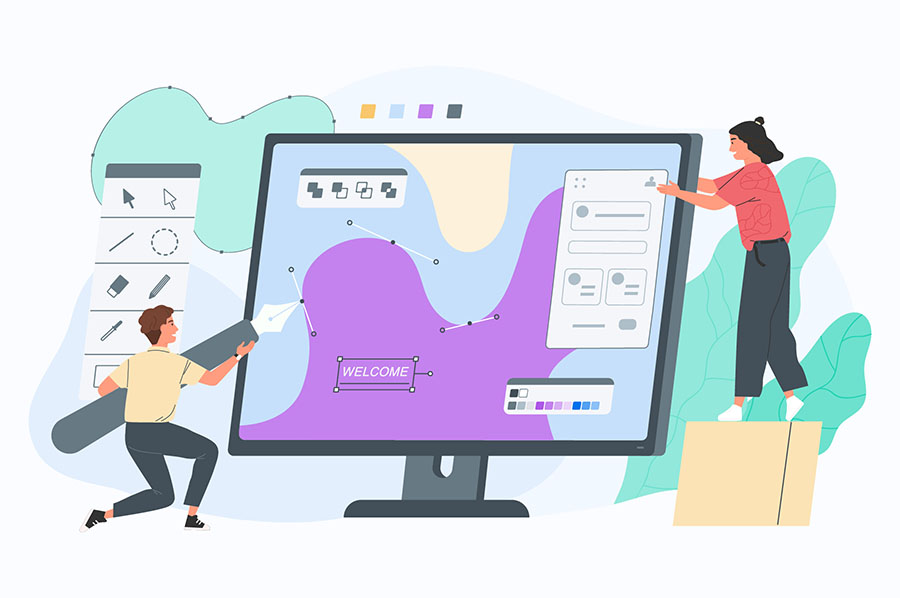The Comprehensive Overview to Crafting Visually Appealing and Useful Internet Style That Meets User Requirements
In today's digital landscape, the relevance of crafting website design that are both useful and aesthetically enticing can not be overemphasized. By prioritizing user-centered style concepts, designers can produce experiences that not only bring in yet also retain customer interest. Trick aesthetic elements such as alignment, balance, and contrast play a crucial role in this process, while the requirement of responsive style makes sure accessibility across various gadgets. Nevertheless, the trip does not finish with first layout; recurring screening and model are essential for refinement. What strategies can one employ to effectively stabilize these parts?
Recognizing User-Centered Layout
At the heart of efficient web style exists the principle of user-centered style, a viewpoint that focuses on the needs, choices, and behaviors of customers throughout the development procedure. This method entails detailed study to comprehend the target market, guaranteeing that the last product reverberates with its intended individuals. By including customer feedback at every phase, developers can create interfaces that are not only aesthetically attractive however user-friendly and additionally useful.
User-centered design highlights compassion, requiring designers to enter the users' shoes and consider their perspectives. Techniques such as user personalities, journey mapping, and functionality testing are employed to determine pain points and opportunities for enhancement. This repetitive procedure permits consistent improvement, as developers adapt to developing user needs and technological developments.
Incorporating user-centered design leads to increased user satisfaction and engagement, inevitably causing greater conversion rates and brand commitment. It promotes a collective environment where stakeholders, consisting of users, developers, and developers, interact to attain a common vision. By putting individuals at the forefront of the design procedure, companies can produce web sites that not just meet business objectives but also provide fulfilling and significant experiences for individuals.
Key Concepts of Visual Layout
Reliable aesthetic design works as the structure for producing engaging and easy to use web sites. It encompasses numerous essential principles that lead designers in crafting aesthetically pleasing and practical user interfaces.
First, balance plays an essential duty in accomplishing visual consistency. Developers ought to distribute components evenly throughout the layout to stay clear of overwhelming customers. This can be accomplished via asymmetrical or in proportion layout techniques.
Following, comparison boosts readability and draws interest to vital elements. By utilizing varying forms, colors, or sizes, designers can create focal points that direct customers via the content.
Furthermore, positioning is crucial for organizing information. Consistent alignment of text and images fosters a clean layout, improving total navigating and customer experience.
Closeness additionally adds to aesthetic clearness. Grouping related items together aids users in understanding the relationship in between various aspects, making the interface more intuitive.
Last but not least, uniformity in layout aspects, such as colors, designs, and typefaces, enhances brand name identity and helps customers browse the website extra easily. By integrating these essential principles of aesthetic layout, internet developers can produce interfaces that are not just visually attractive however user-centered and also functional.
Value of Responsive Layout
Receptive style is a vital facet of modern web development, guaranteeing that sites function flawlessly throughout a selection of tools and screen sizes. As the web landscape progresses, the diversity of devicesâEUR" ranging from smart devices to tablet computers and desktop computersâEUR" demands a style method that suits all individuals.
Executing receptive layout enables a flexible design that instantly adjusts based on the individual's display measurements. This adaptability not only improves access but likewise boosts use, as individuals can interact and navigate with the site effortlessly, regardless of their gadget.

In addition, receptive layout reduces the need for maintaining multiple versions of a site, enhancing updates and material administration. This effectiveness equates right into price financial savings and an extra natural brand name experience across platforms.
Enhancing User Experience
Individual experience (UX) is a critical element of website design, affecting just how site visitors interact with an internet site and imp source perceive its value. A well-crafted UX makes sure that customers can browse with ease, find information quickly, and attain their goals effectively. The style needs to think about the individual's trip, from the minute they come down on the site to the completion of their desired activity, whether that be making a purchase, registering for a newsletter, or accessing info.
Crucial element that improve UX include clear navigating, responsive designs, and engaging aesthetic web content. Consistency in design aspects such as buttons, fonts, and shades fosters knowledge, making the web site feel natural. Furthermore, optimizing load times is crucial; users are much less likely to remain on a site that is slow-moving to react.

Testing and Iterating Designs
Testing and iterating designs are fundamental processes that follow the initial creation of a website, guaranteeing that the user experience remains at the forefront of any kind of changes. These phases include gathering user feedback, evaluating design efficiency, and making notified adjustments to enhance usability and involvement.
Usability testing allows developers to observe genuine individuals as they connect with the web site, identifying discomfort points and locations for enhancement. User surveys can supply qualitative understandings, capturing individual sentiments and choices.
When screening is completed, the version stage starts. This entails refining the style based on the collected data, focusing on changes that straighten with individual requirements and company objectives. Continuous model fosters a flexible article source style approach, where the internet site progresses in response to individual habits and feedback. By devoting to extensive testing and iteration, developers can create a site that not just fulfills visual standards but additionally delivers a smooth and pleasurable user experience.

Verdict
In verdict, reliable website design requires the assimilation of user-centered principles, vital visual style aspects, and responsive structures to develop engaging interfaces. By prioritizing individual demands and implementing continual screening and version, designers can improve their developments to enhance total fulfillment. try here The commitment to these techniques not only fosters an aesthetically appealing visual however additionally makes sure functionality throughout diverse tools, eventually adding to a positive user experience and boosted engagement.
By focusing on user-centered design concepts, designers can produce experiences that not just draw in yet likewise preserve individual passion.At the heart of effective internet design lies the concept of user-centered design, an ideology that prioritizes the requirements, choices, and behaviors of customers throughout the development process. By positioning users at the leading edge of the layout process, organizations can produce sites that not only fulfill business goals yet also supply purposeful and gratifying experiences for individuals.
By focusing on user requirements and choices, internet designers can produce experiences that are not just aesthetically appealing but likewise useful, inevitably cultivating user complete satisfaction and commitment.
Customer studies can offer qualitative insights, catching individual beliefs and choices.